How does Atrial Fibrillation cause a stroke? Generally a stroke is caused by a clot blocking the flow of blood to the brain or a blood vessel bursting and bleeding (less common) into the brain. A stroke can be fatal or can affect your ability to walk, talk, see, read or do things you used to do. In atrial fibrillation the electrical signals near the heart’s pacemaker, the sinus node, becomes erratic causing the heart to beat out of rhythm and beat faster (the rate). It prevents the smaller atrial chambers from pumping properly resulting in the risk of blood clots. These clots may travel to the brain and cause a stroke.
People with atrial fibrillation are five times more likely than others to have a stroke. To help prevent a stroke from atrial fibrillation:
Atrial fibrillation can be treated with medication and with other procedures. Reduce your risk of a stroke and keep an eye on your heart. If you need help changing your diet or getting into exercises our friendly therapist can help. Just contact Therapy Professionals, Phone: 377 5280, Mobile: 027 435 8970, Email: [email protected] Promoting mobility in people with dementia  Promoting functional mobility with movement strategies 1. To overcome the person’s fear/reluctance of standing up, place the back of a stout dining chair in front of him, but not so close that he can pull himself up on it. 2. To facilitate chair to chair transfers, use a dining chair as in 1. To fill the place in front of the person and offer reassurance during the manoeuvre. 3. To facilitate rising to standing from the edge of a bed or settee: the carer(s) seated beside the person use their thighs as substitute chair arms for him to push against. They both/all rise “in unison’. Use a dining chair to fill the space in front, as in 4. To encourage even strides while walking, close assistance is given and the carer(s) step/s ‘in unison’ with the person, with both/all using the same foot at the same time. 5. To achieve moving from the front to the back of a chair, demonstrate the side to side rocking movement required in front of the person. Ensure that both his hands are placed on the arms of his chair. 6. To encourage walking, place a chair as a visible goal to mark the required distance. Communication Strategies Treat the person as an individual with feelings and emotions.
Verbal Strategies
T - time R - reassurance R - repetition THE PERSON NEEDS E - empathy C - courtesy C - consistency Non-verbal strategies and cues To produce movement in a specific direction
Some misinterpretations that may affect mobility or cause falls
To maintain sitting and standing balance
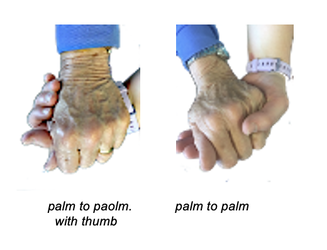 General considerations
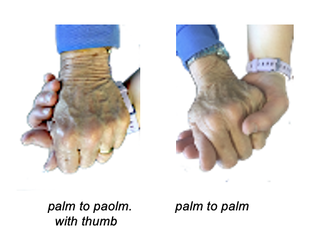 Mindfulness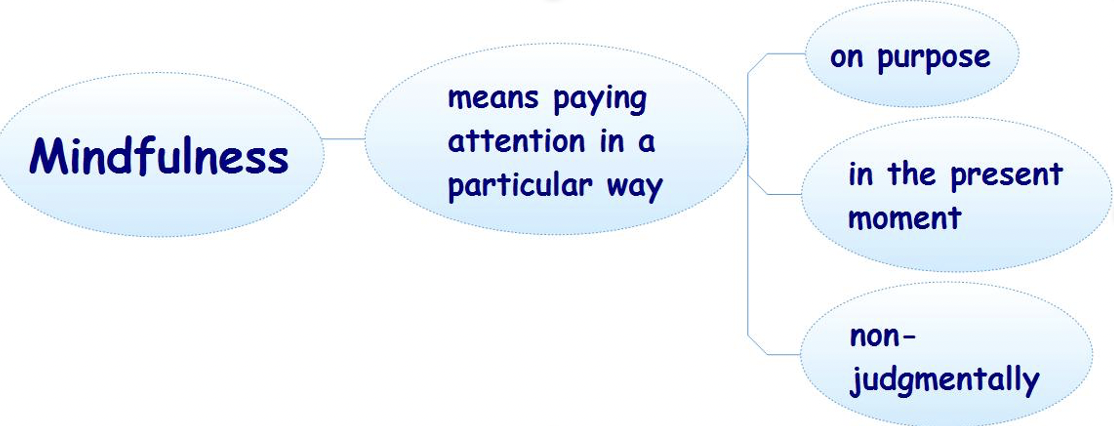 Jon Kabat-Zinn  What is Mindfulness? Mindfulness is an ancient Buddhist practice, which is very relevant for life today. Mindfulness is a very simple concept. Mindfulness means paying attention in a particular way: on purpose, in the present moment, and non-judgementally. This increases awareness, clarity and acceptance of our present-moment reality. Mindfulness does not conflict with any beliefs or tradition, religious, cultural or scientific. It is simply a practical way to notice thoughts, physical sensations, sights, sounds, smells - anything we might not normally notice. The actual skills might be simple, but because it is so different to how our minds normally behave, it takes a lot of practice. I might go out into the garden and as I look around, I think "that grass really needs cutting, and that vegetable patch looks very untidy". My young daughter on the other hand, will call over excitedly, "Mummy - come and look at this ant!" Mindfulness can simply be noticing what we don't normally notice, because our heads are too busy in the future or in the past - thinking about what we need to do, or going over what we have done. Being mindful helps us to train our attention. Our minds wander about 50% of the time, but every time we practise being mindful, we are exercising our attention "muscle" and becoming mentally fitter. We can take more control over our focus of attention, and choose what we focus on...rather than passively allowing our attention to be dominated by that which distresses us and takes us away from the present moment. Mindfulness might simply be described as choosing and learning to control our focus of attention.  Automatic Pilot In a car, we can sometimes drive for miles on “automatic pilot”, without really being aware of what we are doing. In the same way, we may not be really “present”, moment-by-moment, for much of our lives: We can often be “miles away” without knowing it. On automatic pilot, we are more likely to have our “buttons pressed”: Events around us and thoughts, feelings and sensations in the mind (of which we may be only dimly aware) can trigger old habits of thinking that are often unhelpful and may lead to worsening mood. By becoming more aware of our thoughts, feelings, and body sensations, from moment to moment, we give ourselves the possibility of greater freedom and choice; we do not have to go into the same old “mental ruts” that may have caused problems in the past 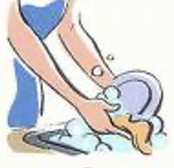 Mindful Activity When I wash the dishes each evening, I tend to be "in my head" as I'm doing it, thinking about what I have to do, what I've done earlier in the day, worrying about future events, or regretful thoughts about the past. Again, my young daughter comes along. "Listen to those bubbles Mummy. They're fun!" She reminds me often to be more mindful. Washing up is becoming a routine (practice of) mindful activity for me. I notice the temperature of the water and how it feels on my skin, the texture of the bubbles on my skin, and yes, I can hear the bubbles as they softly pop continually. The sounds of the water as I take out and put dishes into the water. The smoothness of the plates, and the texture of the sponge. Just noticing what I might not normally notice. A mindful walk brings new pleasures. Walking is something most of us do at some time during the day. We can practice, even if only for a couple of minutes at a time, mindful walking. Rather than be "in our heads", we can look around and notice what we see, hear, sense. We might notice the sensations in our own body just through the act of walking. Noticing the sensations and movement of our feet, legs, arms, head and body as we take each step. Noticing our breathing. Thoughts will continuously intrude, but we can just notice them, and then bring our attention back to our walking. The more we practice, perhaps the more, initially at least, we will notice those thoughts intruding, and that's ok. The only aim of mindful activity is to continually bring our attention back to the activity, noticing those sensations, from outside and within us.  Mindful Breathing The primary focus in Mindfulness Meditation is the breathing. However, the primary goal is a calm, non-judging awareness, allowing thoughts and feelings to come and go without getting caught up in them. This creates calmness and acceptance.
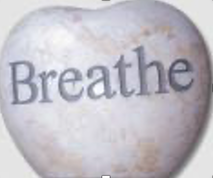 Breathing Meditation 1 (Kabat-Zinn 1996) Assume a comfortable posture lying on your back or sitting. If you are sitting, keep the spine straight and let your shoulders drop. Close your eyes if it feels comfortable. Bring your attention to your belly, feeling it rise or expand gently on the in breath and fall or recede on the outbreath. Keep your focus on the breathing, “being with” each in breath for its full duration and with each outbreath for its full duration, as if you were riding the waves of your own breathing. Every time you notice that your mind has wandered off the breath, notice what it was that took you away and then gently bring your attention back to your belly and the feeling of the breath coming in and out. If your mind wanders away from the breath a thousand times, then your “job” is simply to bring it back to the breath every time, no matter what it becomes preoccupied with. Practice this exercise for fifteen minutes at a convenient time every day, whether you feel like it or not, for one week and see how it feels to incorporate a disciplined meditation practice into your life. Be aware of how it feels to spend some time each day just being with your breath without having to do anything.  Breathing Meditation 2 (Kabat-Zinn 1996) Tune into your breathing at different times during the day, feeling the belly go through one or two risings and fallings. Become aware of your thoughts and feelings at these moments, just observing them without judging them or yourself. At the same time, be aware of any changes in the way you are seeing things and feeling about yourself.  Using mindfulness to cope with negative experiences (thoughts, feelings, events) As we become more practised at using mindfulness for breathing, body sensations and routine daily activities, so we can then learn to be mindful of our thoughts and feelings, to become observers, and subsequently more accepting. This results in less distressing feelings, and increases our level of functioning and ability to enjoy our lives. With mindfulness, even the most disturbing sensations, feelings, thoughts, and experiences, can be viewed from a wider perspective as passing events in the mind, rather than as "us", or as necessarily true. By simply being present in this way, you support your own deep healing (Brantley 2003). When we are more practiced in using mindfulness, we can use it even in times of intense distress, by becoming mindful of the actual experience as an objective observer, using mindful breathing and concentrating attention on breathing with the body's experience, listening to the distressing thoughts mindfully, recognising them as merely thoughts, breathing with them, allowing them to happen without believing them or arguing with them. If thoughts are too strong or loud, then we can move attention to our breath, the body, or to sounds in the environment. We can use kindness and compassion for ourselves and for the elements of the body and mind's experience. "May I be filled with peace and ease. May I be safe" (Brantley 2003).  Jon Kabat-Zinn uses the example of waves to help explain mindfulness. Think of your mind as the surface of a lake or an ocean. There are always waves on the water, sometimes big, sometimes small, sometimes almost imperceptible. The water's waves are churned up by winds, which come and go and vary in direction and intensity, just as do the winds of stress and change in our lives, which stir up waves in our mind. It's possible to find shelter from much of the wind that agitates the mind. Whatever we might do to prevent them, the winds of life and of the mind will blow, do what we may. "You can't stop the waves, but you can learn to surf" (Kabat-Zinn 2004).  Mindful Breathing The primary goal of mindful breathing is simply a calm, non- judging awareness, allowing thoughts and feelings to come and go without getting caught up in them.
It's okay and natural for thoughts to enter into your awareness, and for your attention to follow them. No matter how many times this happens, just keep bringing your attention back to your breathing. www.get.gg www.getselfhelp.co.uk/mindfulness.htm © Carol Vivyan 2009, permission to use for therapy purposes. Safety begins at home 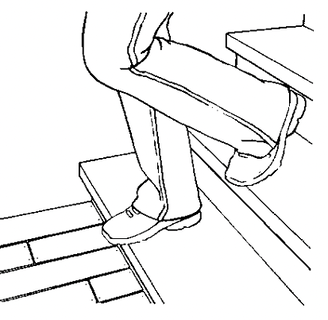 Safety on the stairs Lighting and handrails are important here, plus that good old rule – keep it slow.
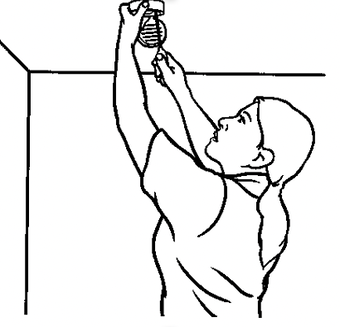 Living room and hallway Our homes are our havens. Here’s few simple things to make your home safe and comfortable:
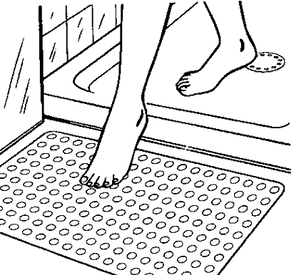 Best bathroom behaviour Keeping your bathroom tidy and dry is a great start to make it safe:
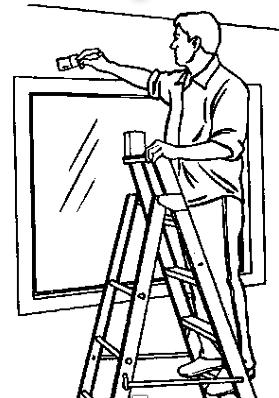 Outside: garden, paths and shed As a nation we love our DIY. On a fine day, see which of these things can be tackled at your house:
Kitchen safety Kitchens are often busy places and the heart of the home – just a bit of reorganising can make sure they’re easier to use and safe for all the family:
How safe is your home? In New Zealand, more injuries happen at home than at work, on the road, or while playing sport. In fact, on average, someone in New Zealand is injured at home every 48 seconds! But it’s not all doom and gloom. The good news is, with just a few simple changes, you can make your home a safer place for you, your family, and any visitors. These tips cover the main areas in most homes and are great place to start. Ref.: Acc booklet – “Safety begins at home” |
AuthorShonagh O'Hagan Archives
July 2024
|

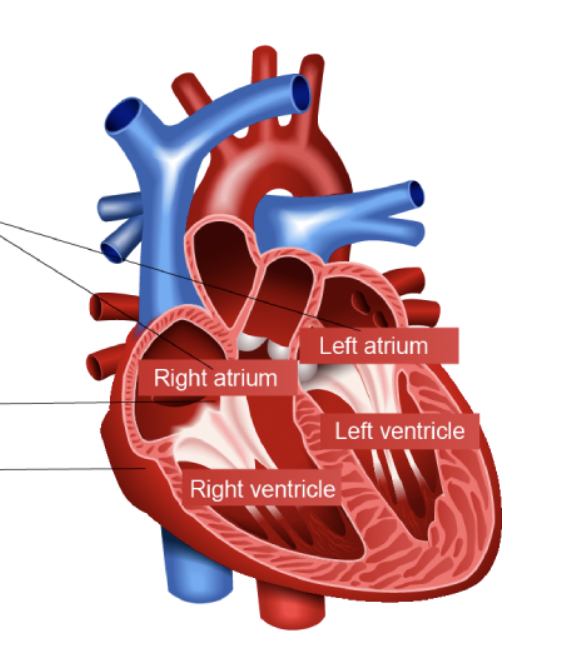

 RSS Feed
RSS Feed